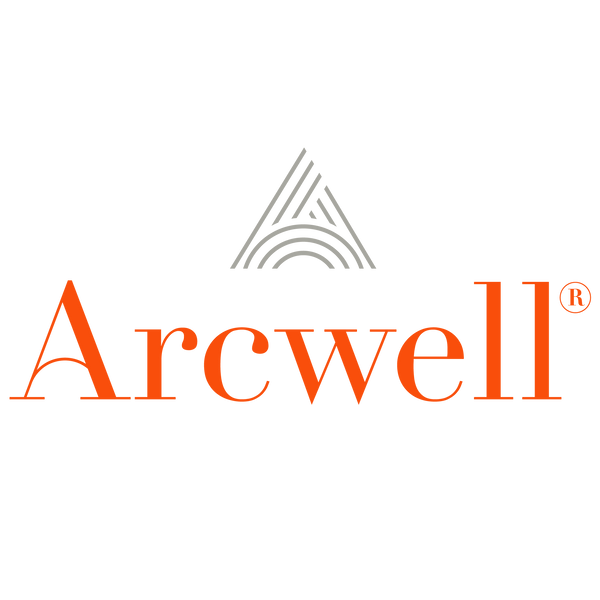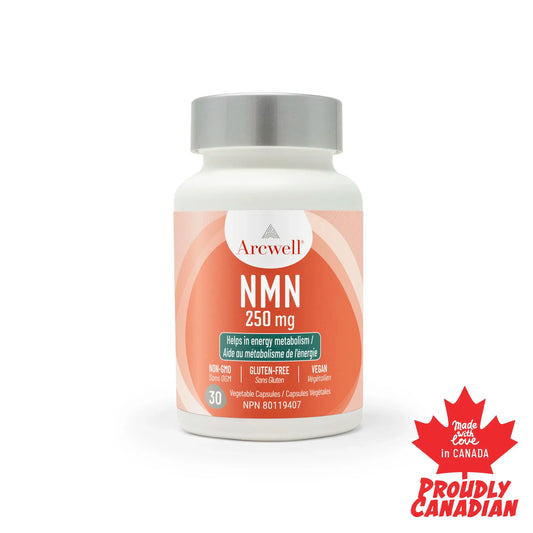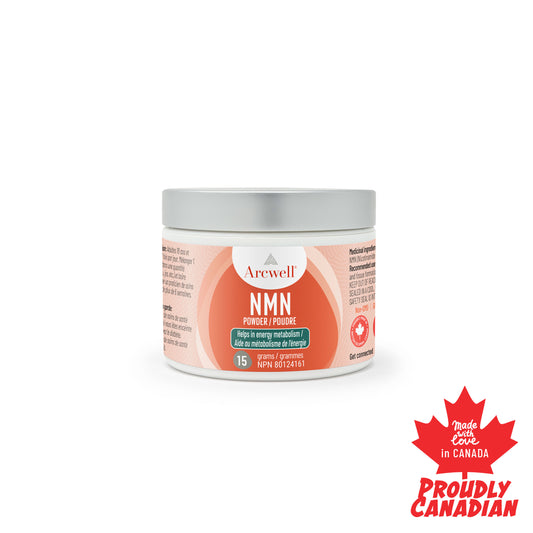
Unlocking the Secrets of NMN: The Powerhouse Molecule in Health and Aging
Share
Author Acknowledgment
This article is authored by Regivaldo Filho, Ph.D., who has meticulously reviewed all the scientific data presented. With years of extensive research experience, Dr. Filho brings a wealth of knowledge and expertise to this piece.
What is NMN?
In the past few years, a small molecule called NMN has made its way out of Chemistry labs and into the public eye. The acronym stands for nicotinamide mononucleotide, and the main reason for the rising interest in its use lies behind its cellular function: NMN is a direct precursor to NAD+ (nicotinamide adenine dinucleotide). NAD+ is one of the main effectors of metabolism in most (if not all) living cells. It is involved in energy production, DNA repair, and gene expression among many other functions (1).
Before expanding on questions related to NMN and its use, however, it is important to define a few things first.
How is Ageing defined and measured?
The World Health Organization (WHO) defines ageing as the events resulting from accumulated molecular and cellular damage over time. Such effects lead to a progressive decline in general physical and mental ability, increased risk of illness and death (2). At the cellular level, while there is still no perfect marker for measuring age, the use of DNA methylation has proven as a well-accepted method to provide guidance on age-related studies involving cancer and inflammatory diseases (3). At the tissue/organ level, increased inflammation levels, reduced aortic elasticity, motor coordination and bone density have also been used as objective markers of age (4).
How is NAD+ associated with ageing?
Based on the definitions above and considering that cell and tissue damage appear to be the main cause of age-related diseases, scientists have been studying the role of NAD+ in slowing and preventing that process. Significant work in the area has shown that NAD+ levels decline with age in several tissues such as blood, brain, and skin (5). By contrast, increasing its cellular levels can lead to enhanced cell survival, energy production and cellular repair (6). There are several biomolecular agents involved in cell repair mechanisms. The ones under most scrutiny in the current years comprise a class of enzymes called sirtuins. These enzymes are crucial to regulating brain function, metabolism, and circadian rhythm, and a decrease in NAD+ due to aging has shown to affect sirtuin activity (7, 8). In very simple terms, NAD+ would be the fuel that enables sirtuin activity.
If NAD+ is present in all living cells, why is it then that our natural foods do not seem to provide enough of it? Furthermore, why not take it directly as a supplement?
In fact, without supplementation, the intracellular content from natural foods remains our primary external source of NAD+. Longstanding animal studies using radiolabeled compounds, however, have demonstrated that most of the ingested NAD+ is hydrolyzed in the small intestine (9). Such findings have prompted researchers to look for alternatives to boost endogenous levels of NAD+ through the use of supplementation with molecular precursors such as NMN and NR (Nicotinamide Riboside).
Where does NMN come in?
NMN is an immediate precursor to NAD+ and studies have shown that its supplementation in mice led to an increase in NAD+ levels in the liver, kidney, muscle, and brain (10). Animal studies have also indicated a therapeutic activity of NMN against retinitis pigmentosa (a genetic disease that causes progressive vision loss) (11). Furthermore, behavioral studies in rodents, indicated that independently administered NMN alleviated age-induced memory impairment (12)
While these studies are plentiful and point to a promising application of NMN in general health, the effects observed in animal studies do not necessarily translate to the human organism. Several metabolic and physiological differences can be present and human clinical trials are of paramount importance to assess the safety and efficacy of any therapeutic agent.
What about human clinical trials for NMN then?
Because NAD+ is readily used at the cellular level, it is reasonable for scientists to expect that successful NMN supplementation would lead to a rapid increase in NAD+ levels and produce both short and long-term health effects.
As research progressed, in the year 2016 NMN finally broke into the field of human clinical trials. In the first study conducted in 10 healthy humans, it was demonstrated the short-term safety of NMN in the form of a single oral dose containing 100, 250, and 500 mg (13). Later on, in 2021, a groundbreaking study showed that NMN increased muscle insulin sensitivity in prediabetic women (14). In this randomized, placebo-controlled, double-blind clinical trial (15) patients were given an oral daily dose of 250 mg of NMN over a period of 10 weeks. More recently, a 6-week randomized double-blind, placebo-controlled study showed NMN supplementation (300, 600, and 1200 mg/day) enhances aerobic capacity performance in 48 young and middle-aged amateur runners.[ref] Two more studies were followed to demonstrate the efficacy and safety of NMN supplementation. One study conducted in in 66 healthy middle-aged adults showed the rise in the levels of NAD+/NADH at day 30 and 60 after taking 2 capsules of 150 mg NMN/day.[ref] The other study indicates that NMN is safe and well-tolerated in healthy adults with an oral dose of 1250 mg once daily for 4 weeks.[ref]
There are currently thirteen active human clinical trials listed on the National Institutes of Health database (16), one of which is looking at NMN as an adjuvant to Standard of Care on fatigue associated with COVID-19 infection.
Perspective and outlook
NMN is a long-known precursor of NAD+ and due to its promising applications in mitigating age-related health effects, there is great promise in its use as a prospective therapeutic agent. Considering the well-established structure of clinical studies, more human trials aiming for specific health effects should appear along the years and subsequent long-term studies should follow. Considering the previously successful safety studies, an increasing number of clinical trials will likely emerge in the coming years. The positive impact of a therapeutic agent that can mitigate or delay the effects of age-related diseases goes beyond the pharmaceutical/nutraceutical industry and is very likely to benefit public health systems across the globe.
Disclaimer: article meant for educational purposes only. If you think you would benefit from any kind of supplementation, you should discuss it with your health team first.











